The Hidden Half of Manufacturing
Despite massive investments in automation, the majority of manufacturing work is still performed by people. In fact, studies show that 72% of factory tasks are carried out manually - across assembly, inspection, finishing, material handling, and countless other operations.
Although there are expectations that machines and robot will eventually overtake many of these tasks, it's clear that in the short term, most of these processes will continue to be operator-driven.
These human-driven processes remain one of the biggest blind spots in manufacturing.
Manufacturers solve for this data gap in a number of different ways, from whiteboards and ERP terminals to post-it notes and clipboards.
These systems fail to solve the core problem:
- Inaccurate and delayed data that does not reflect actual labor performance.
- No traceability of who did what, when, or why - making it hard to diagnose inefficiencies.
- Bottlenecks and missed targets that are discovered too late to fix.
This lack of visibility creates an incomplete picture of production, leaving manufacturers without a true understanding of work in process (WIP) and actual production capacity - this then impacts quoting, planning, and scheduling - never mind all the real-time hiccups of day-to-day production.
There is a clear gap across the manually-driven operations of the production lifecycle, many of which occur downstream of machining processes - like inspection, assembly, deburring, etc.
While machine monitoring solutions cannot solve for this problem, MES platforms can.
Why Tracking Manual Work Is So Difficult
Most manufacturers attempt to track manual processes through their ERP systems. But these systems weren’t designed for operators on the shop floor. Interfaces are often clunky, error-prone, and disruptive to production. Operators may skip steps, enter incomplete information, or rely on paper-based tracking that never makes it into the digital record.
The result? Data gaps persist, schedules remain inaccurate, and managers lack the insights needed to allocate labor effectively or identify root causes of inefficiency.
The gap between the ERP plan and shop floor reality widens...

Rethinking Manual Process Tracking
What’s been missing is a way to capture manual work with the same ease, accuracy, and intelligence as capturing real-time machine data. To truly understand factory performance, manufacturers need:
- A unified operator interface that simplifies the process for frontline teams.
- Digitized production data across both manual and automated workflows.
- Seamless ERP integration to ensure part counts, downtime, and labor metrics sync automatically.
- Real-time visibility into what jobs are running at every station - manual or automated.
When manual processes are digitized, they stop being invisible. Manufacturers can finally measure cycle times, track utilization, and compare performance across every step of production.
Introducing MachineMetrics Manual Stations
Capturing manual processes alongside real-time machine and ERP data ties together the entire production lifecycle. With this visibility, manufacturers can finally eliminate blind spots, improve decision-making, and unlock new opportunities for efficiency and growth.
This is the purpose of Manual Stations, the latest solution from MachineMetrics Intelligent MES.
Via a simple, unified operator interface placed at each station, Manual Stations enable operators to clock in/out, log work orders, parts completed, and downtime, closing the loop between ERP systems and shop floor processes.
For manufacturers, the benefits include:
- True WIP visibility: Knowing not just what jobs are running on machines, but also what’s happening at assembly, inspection, or finishing stations.
- Improved scheduling: Accurate data from manual stations makes it possible to schedule work more effectively across all operations - both automated and purely manual.
- Deeper efficiency insights: Standardized cycle times across manual jobs provide a new layer of intelligence for continuous improvement.
- Empowered operators: Digital workflows that make it easier—not harder—for frontline workers to easily contribute accurate data, trigger workflows, and communicate across the shop floor effectively.
Save your spot for the live launch of Manual Stations.

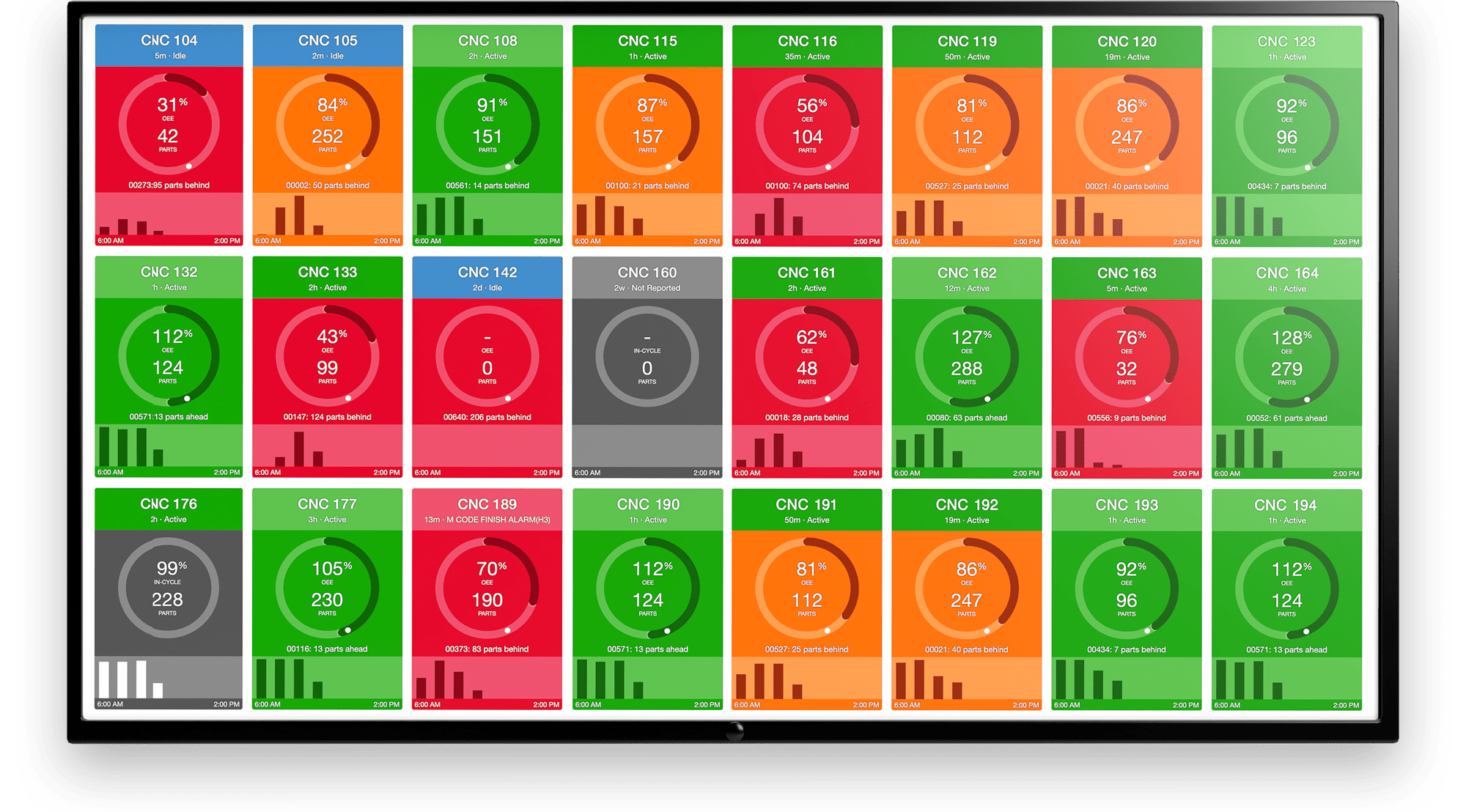
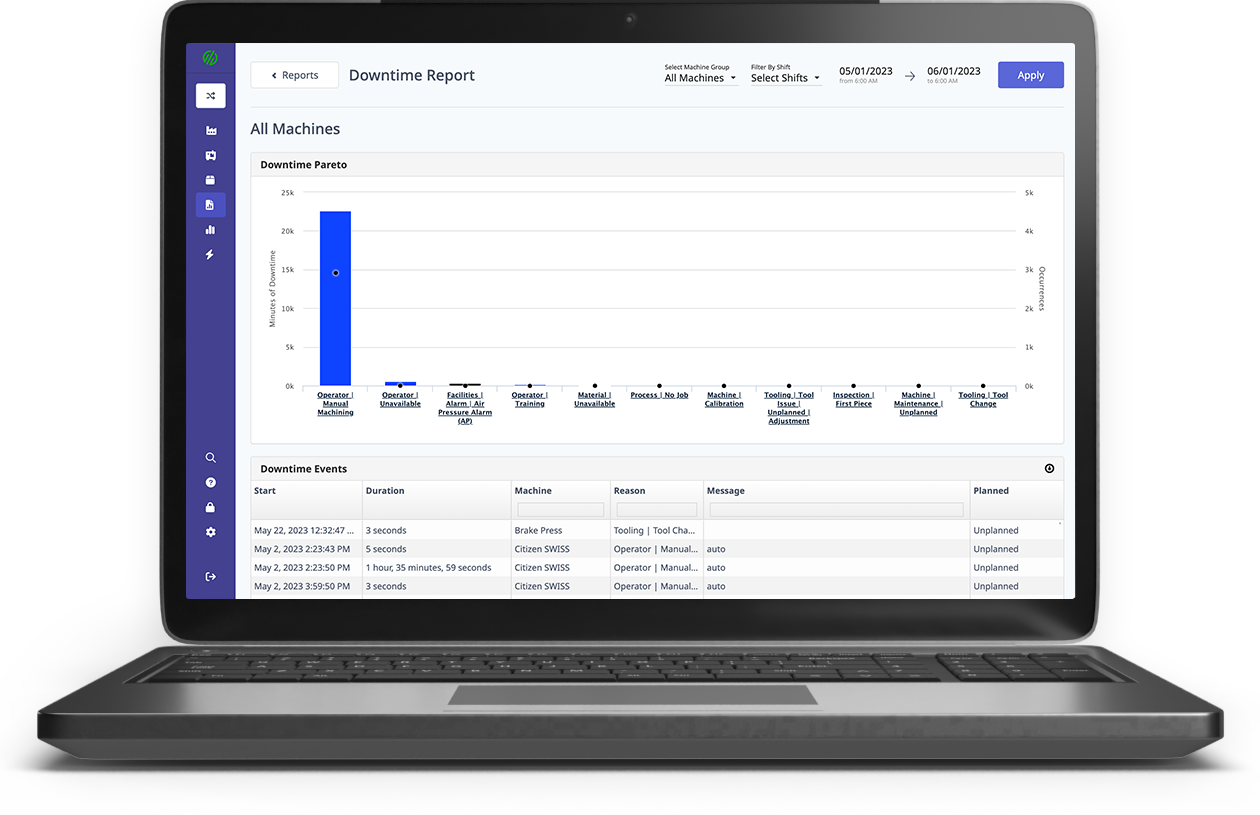
.png?width=1960&height=1300&name=01_comp_Downtime-%26-Quality_laptop%20(1).png)



.gif)
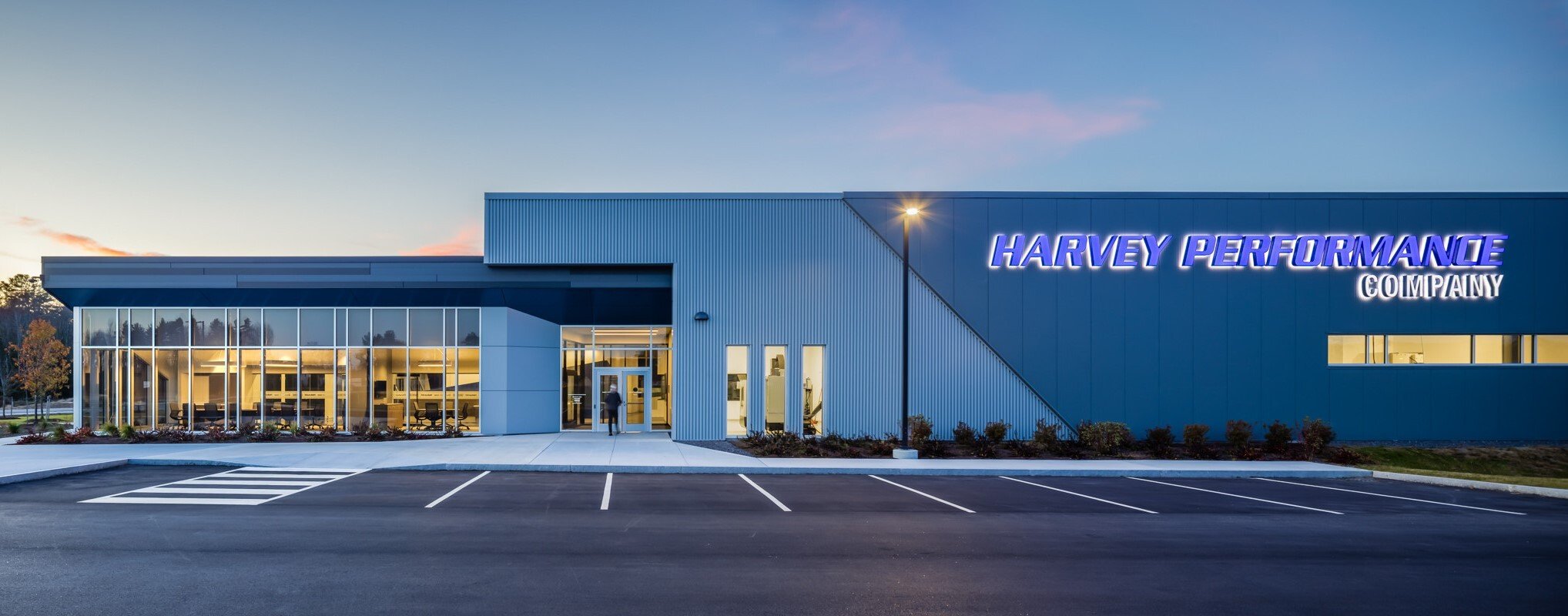
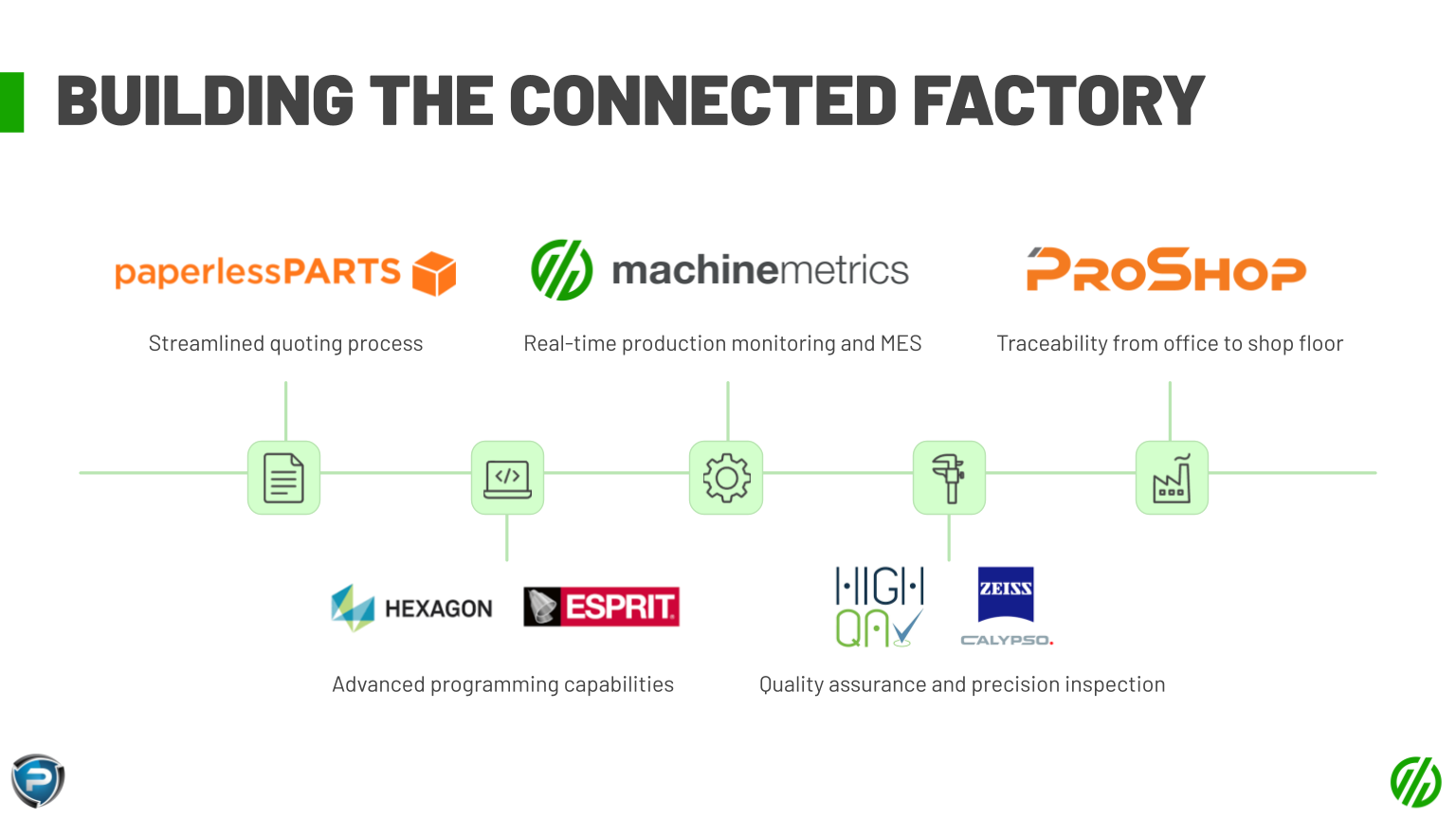

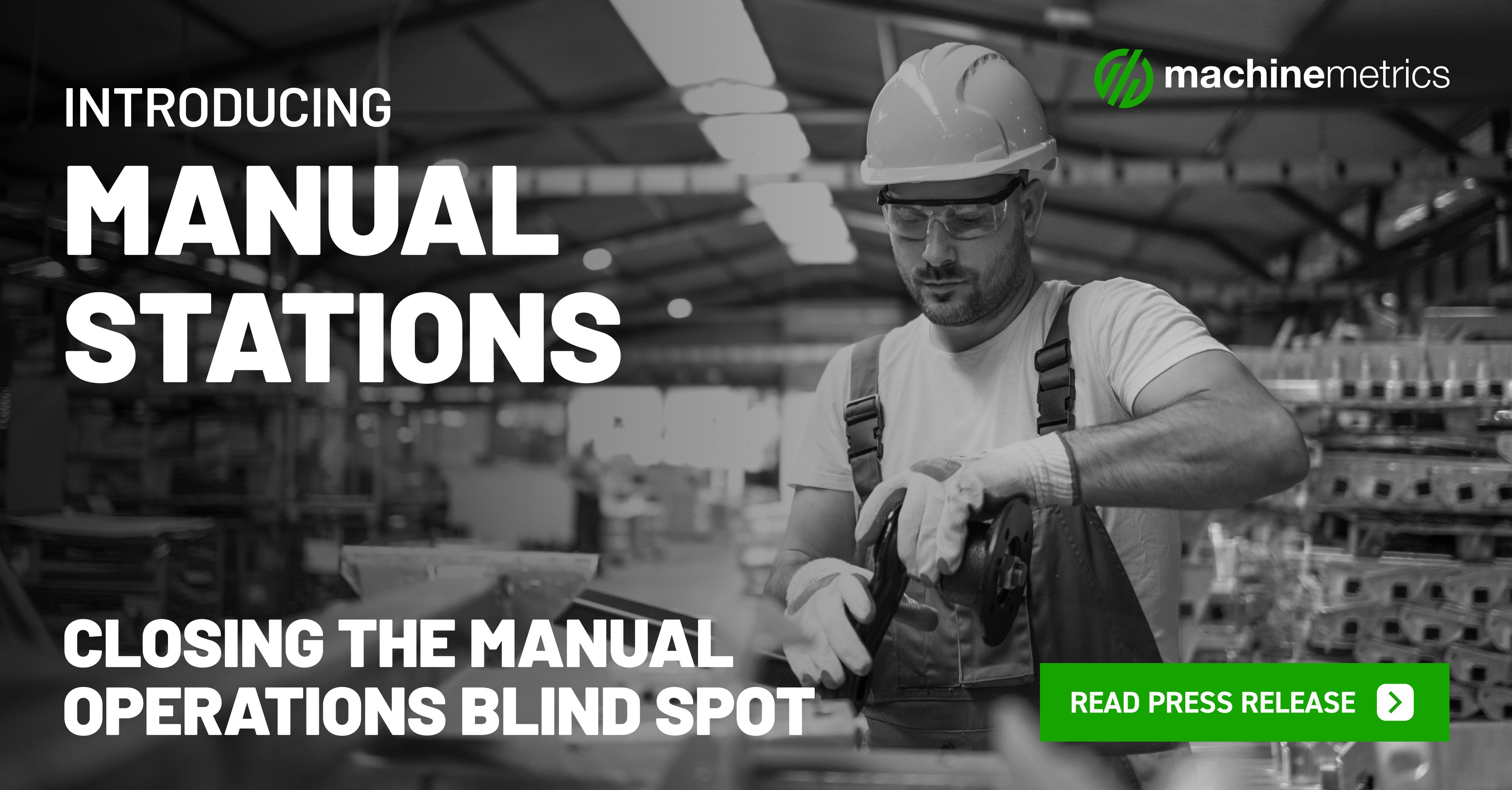



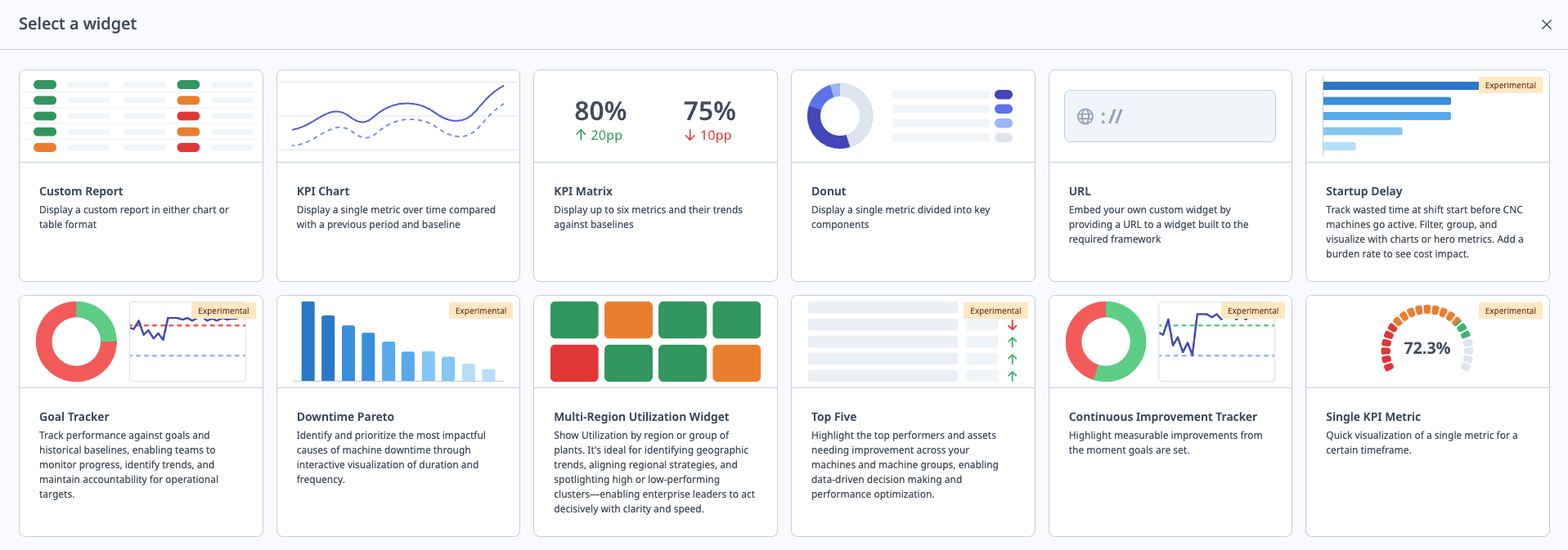
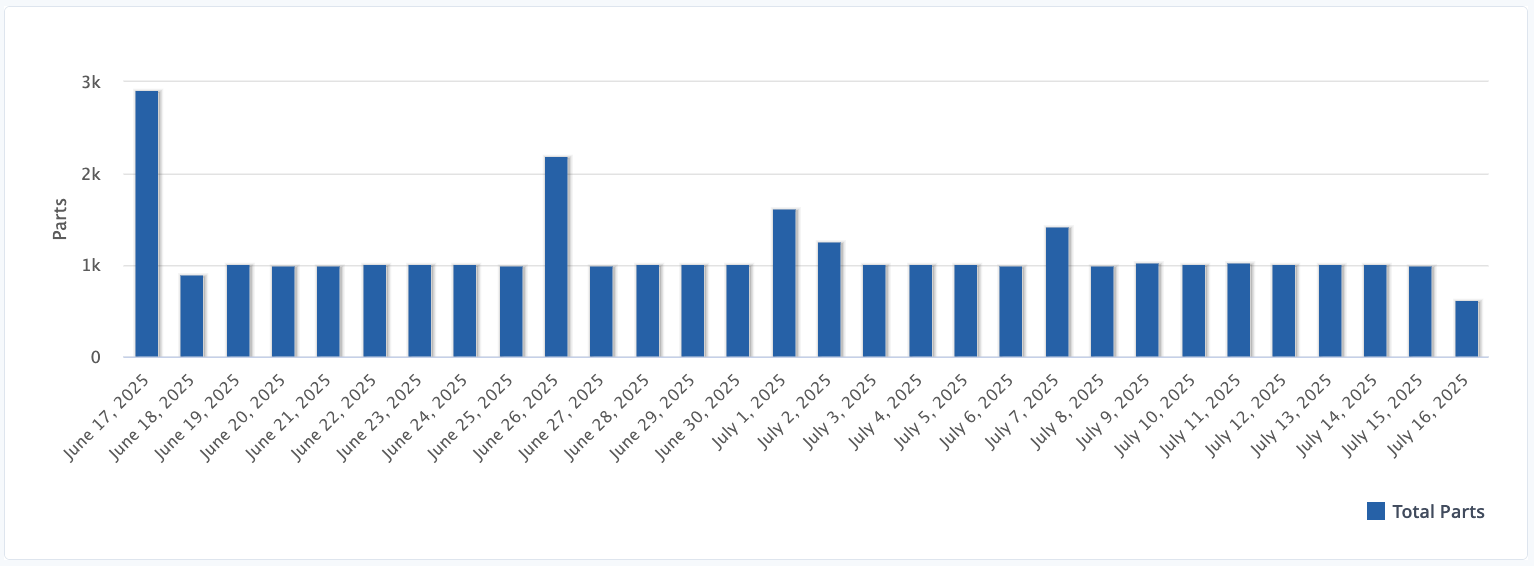
Comments